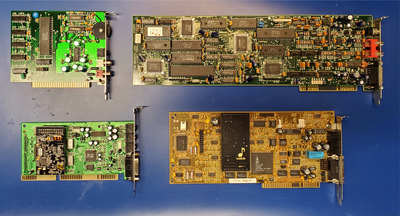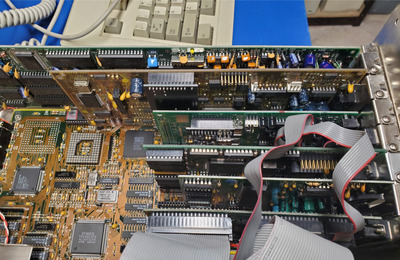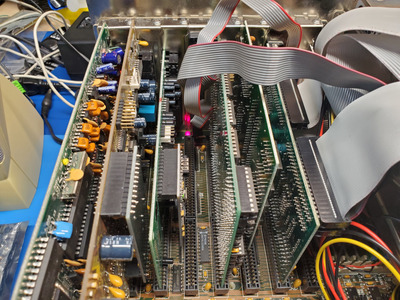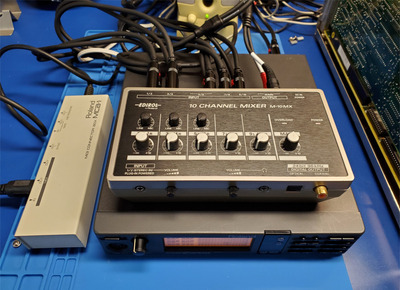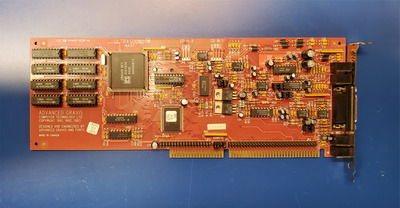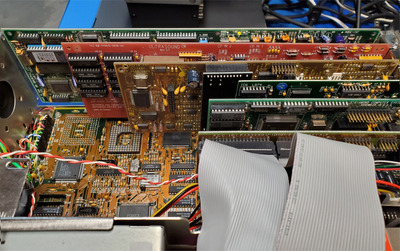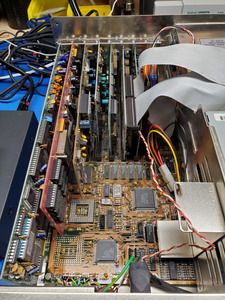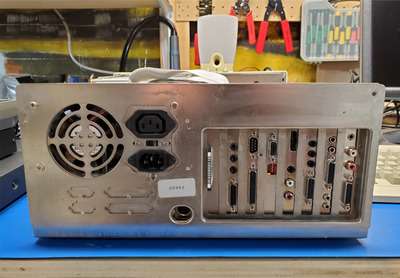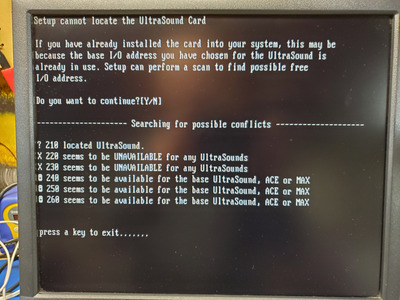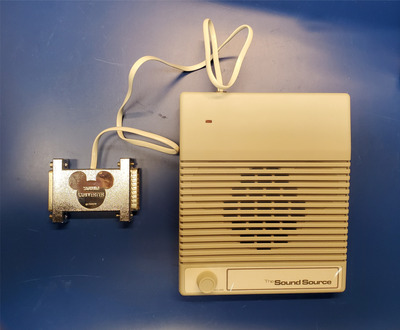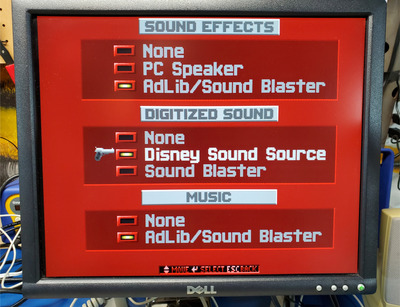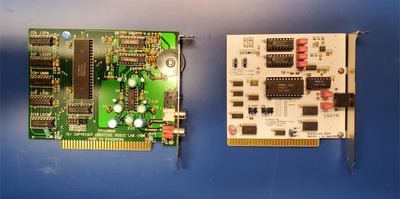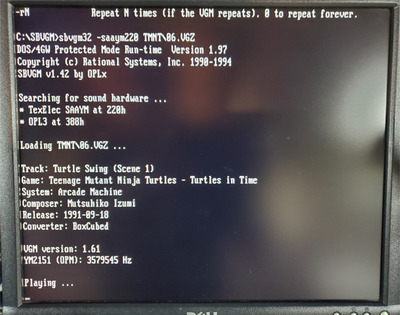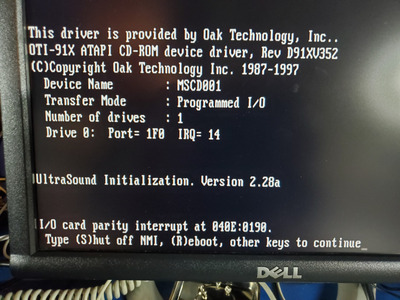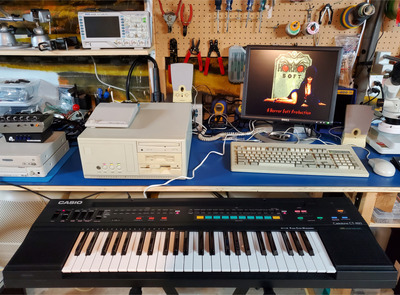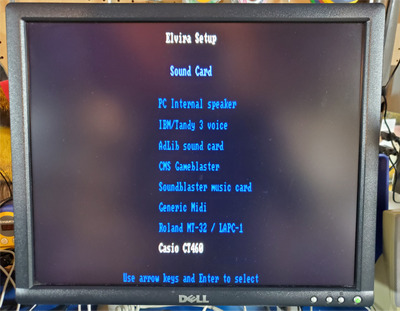First post, by Shponglefan
- Rank
- l33t
Updated: Swapped the Game Blaster for a TexElec SAAYM
Updated: Added a Gravis UltraSound to the system!
Original post below:
I've been experimenting with this multiple sound card setup in a 386 desktop system. My goal was to see how many audio options I could cram inside the case in the available ISA slots. At minimum, I wanted both an Adlib Gold and Roland LACP-I and then see what else I could include while maintaining as much compatibility as possible.
Sound cards currently used include:
- Adlib Gold 1000 + GoldLib surround module
- Roland LAPC-I
- Atrend ATC-6631 (YMF719E-S) + DreamBlaster X2GS wavetable
- Creative Game Blaster (CMS)
In the GoldLib thread, a post by slartibardfast0 mentioned using a YMF719 based card in conjunction with the GoldLib. Using UNISOUND, the Adlib port on the Atrend ATC-6631 is set to a non-standard port, while leaving the GoldLib at the default 388h.
I used the following in my AUTOEXEC.BAT file:
SET BLASTER=A220 I5 D1 Y0 F3A8 P300 T4
This has been working without any issues so far; Adlib FM synth sound comes through the Adlib Gold and digital audio (PCM) comes out the Atrend card.
I then added a DreamBlaster X2GS to the Atrend card for General MIDI. This resulted in a several issues.
First, the DreamBlaster physically blocks the adjacent ISA port, while meant moving some things around to get everything to fit. Second, since I have the LAPC-I configured at port 330 (default), I had to use a different port for the DreamBlaster (300h). Unfortunately a lot of early GM games don't let you choose the port leaving the DreamBlaster not usable. Third, I found volume control problematic at best. For example, in Sam 'n Max the GM music is much quieter than I would like and the game doesn't respect the UNISOUND mixer settings.
The upside is that every game that supports GM of that era also seems to support the LAPC-I. In lieu of GM music, the LAPC-I does the job.
The other option is to use an external Sound Canvas SC-55 plugged in via the Roland LAPC-I. But it does defeat the purpose of trying to have all the audio hardware inside the case.
The last card I added was a Game Blaster for CMS support. General MIDI / wavetable issues notwithstanding everything else seems to work fine.
I may experiment with swapping out the Atrend card and even the LAPC-I for an Orpheus card instead. And maybe even try dropping in a Gravis Ultrasound just for fun.
